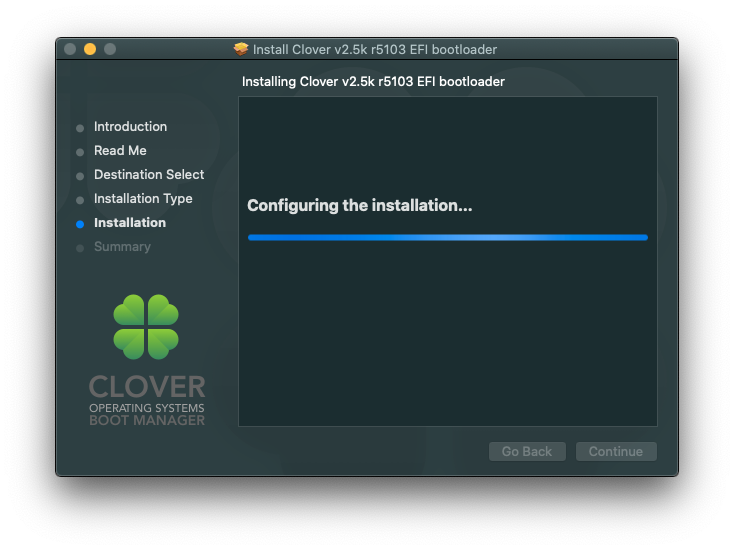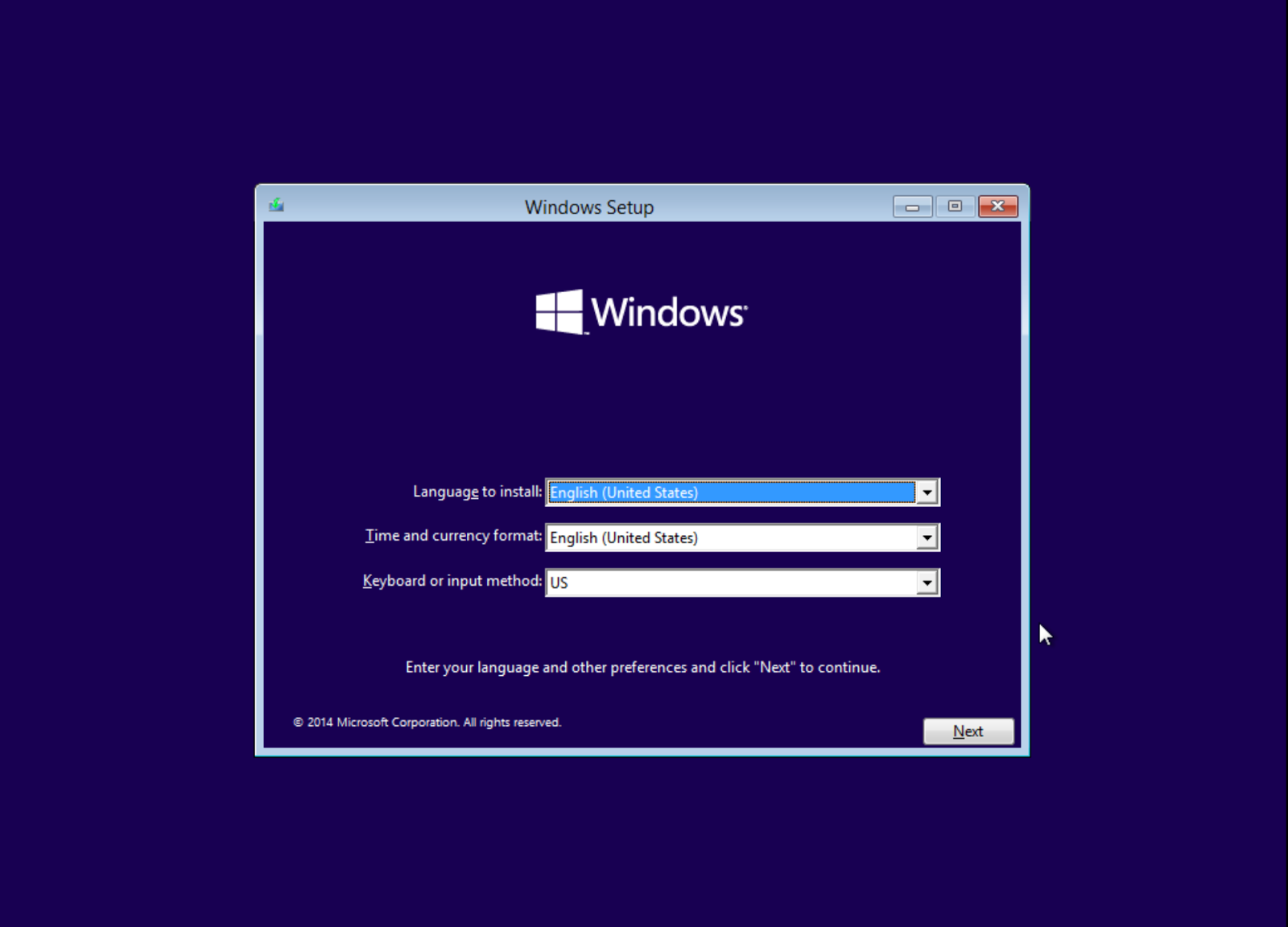

- #How to install clover bootloader on hdd driver#
- #How to install clover bootloader on hdd windows 8.1#
- #How to install clover bootloader on hdd windows 8#
- #How to install clover bootloader on hdd windows#
Under this there will be a Boot and a Microsoft folder.

Once this has been done, there should now be a C:\EFI folder.
#How to install clover bootloader on hdd windows#
This command does two things: (1) Creates the C:\EFI directory structure and populates it with the appropriate files and (2) creates a BCD database for UEFI boot and an NVRAM entry for the partition.Įxplanation as follows: C:\Windows - we want to boot the Windows installation at C:\Windows /s - we want to write the EFI folder to system partition identified as drive C /f uefi - we want to write a UEFI BCD to C:/EFI rather than an MBR BCD to C:\boot for MBR booting.

Most likely Windows is on drive C: otherwise substitute the appropriate drive letter. Open a Command window with Run as Administrator. If there is no C:\EFI folder, then it is probably safe to proceed. If there is one then Windows may already be configured for UEFI boot and the partition should already be recognized in Clover. If Windows is being booted in legacy mode from an MBR, there shouldn't be one. It might also be useful to have a Windows install DVD or USB drive handy just in case it becomes necessary to repair the Windows startup in the event that something goes wrong.īoot into Windows 8/8.1/10 and check whether a C:\EFI folder already exists. It is useful to have some other way of getting into your OSes. You will probably also have the Clover bootloader configured to boot OSX or be using a bootable USB drive with Clover to boot the machine from. If you have Chimera + OSX, then it will not affect Chimera either. This process did not affect the MBR or the standard Windows BCD boot loader. I have a dual boot Windows setup on one HDD and OSX on another HDD. I have seen recommendations to have HFSplus.efi or VboxHfs-64.efi there as well, but these are probably not necessary for a Windows boot from NTFS.
#How to install clover bootloader on hdd driver#
I will not be responsible for any damage caused to your system! Back up your Windows partition before proceeding and use the process at your own risk!Īs a pre-requisite, the NTFS.efi driver will need to be present in your Clover EFI/CLOVER/drivers64UEFI directory. The process is actually quite simple, but before proceeding, the usual disclaimer applies. I will eventually convert my Windows HDD to a GPT formatted disk but for now, this appears to solve the problem for me. I cannot take credit for this solution because I found it on a Linux forum where it was applied to the GRUB bootloader, but I tested it on my machine and it does also work with Clover. It is not usually advisable to use an MBR partition for UEFI boot, but so long as the required Windows EFI files and BCD structure exist, Clover will recognise them and and boot into the Windows partition. However, it is possible to work around this problem and create the C:\EFI directory structure and the required files post-install using the Windows bcdboot tool. However, as myself and evidently others have discovered, if Windows has been installed for booting from the MBR, then this file is not present and although the NTFS partitions show in Clover as legacy drives, they cannot be booted. Clover would then automatically recognise the Windows boot圆4.efi file in its expected place and the bootable UEFI Windows partitions should appear in Clover. Windows will automatically create the required EFI directory structure and populate the necessary files.
#How to install clover bootloader on hdd windows 8#
It will also work for Windows 7 but requires a little extra work and access to some binaries from Windows 8 or higher.įirstly, let me explain that ideally one would want to install Windows for UEFI boot on a GPT formatted drive.
#How to install clover bootloader on hdd windows 8.1#
This solution should work for Windows 8, Windows 8.1 and Windows 10. I am assuming that this affects NTFS formatted Windows partitions as both of mine are NTFS formatted on an MBR drive and I have the same problem.

I found a solution to this without any re-partitioning. Building a CustoMac Hackintosh: Buyer's Guide


 0 kommentar(er)
0 kommentar(er)
